#dermaptera
Text

Earwig (Allodahlia ahrimanes), male, family Forficulidae, order Dermaptera, China
photograph by pasoka
371 notes
·
View notes
Text

JuneBug: Celestial Earwig (Forficula auricularia)
508 notes
·
View notes
Text
earwig (order Dermaptera) info-dump bc they're really cool insects that have really unique behaviors
- there are about 2,000 different species of earwigs, 10 of which are native to north america. earwigs when in there native ranges are extremely beneficial to the environment
- the european earwig (Forficula auricularia) is an invasive species in north america, and unfortunately is now a super common insect to see
- earwigs are edible! i have been told they taste like soft shell crab
- earwigs are extremely maternal, once a female earwig legs eggs she will care for them until adulthood. this is rare, only about 1% of all insects are maternal
- hump earwigs (Anechura harmandi) commit what's called matriphagy. after months of the mom raising her young, the offspring will then consume her
- sometimes earwig moms will abuse/neglect their young. those young will then share food and take care of each other, typically those behaviors are only seen in social Hymenoptera (bees, ants, and wasps)
- earwigs have some of the most intricate wings. there's about 20 different fold lines, and fold up to be 10x or more smaller than when the earwig is in flight. no other animal wing is this complex
- the giant earwig (Labidura herculeana) now extinct grew to be about 3 inches long
bonus photo of my earwig tattoo :)

#earwigs are so neat#order Dermaptera#dermaptera#earwigs#insects#bugs#entomology#special interest#infodump#tattoo#bug talks#bug tattoo#bug facts#insect facts
56 notes
·
View notes
Text

BFFs sharing the same hidey hole.
Forficula dentata (earwig) and Tanystoma maculicolle (tule beetle)
Northern California
#bugs#bffs <3#except not really#because they’re bugs#nature#nature photography#biodiversity#animals#inaturalist#arthropods#bugblr#entomology#insect appreciation#earwig#beetle#tule beetle#Tanystoma maculicolle#forficula dentata#coleoptera#dermaptera#insects#hidey hole#bff#macro photography#macro#bay area wildlife#carabid#carabidae
58 notes
·
View notes
Text
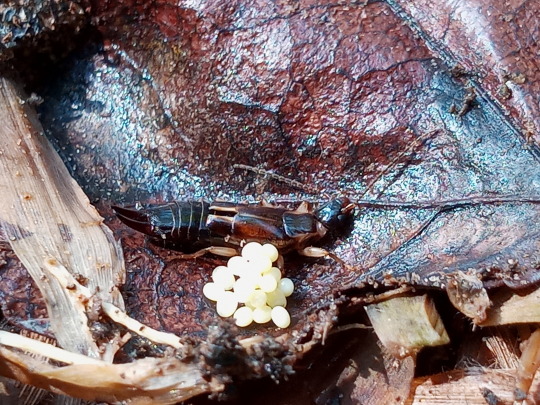
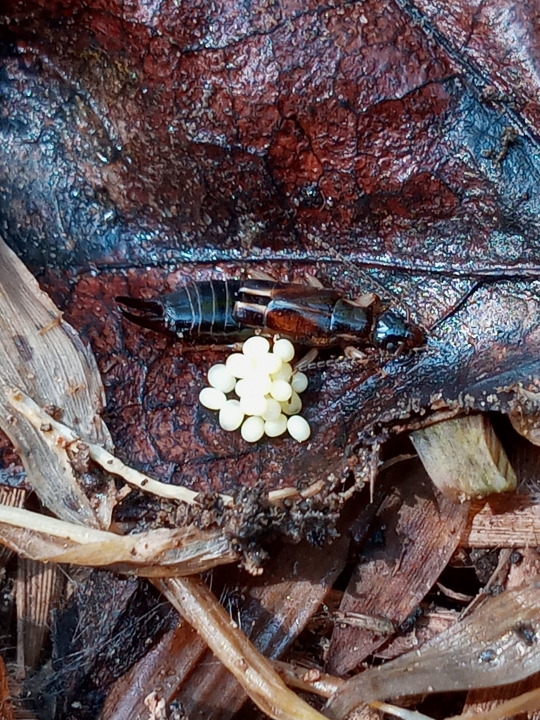
[PHOTOS TAKEN: SEPTEMBER 17TH, 2023 | Image IDs: Two photos of a black, brown, and red earwig protecting its white eggs on top of a reddish brown leaf /End IDs.]
#Insects#Insect#Bugs#Bug#Bugblr#entomology#Coleoptera#invertebrates#Inverts#Arthropods#Photos#Photo#Wasp House Sights#Earwigs#Earwig#Dermaptera#Neoptera
62 notes
·
View notes
Text
Taxonomy Tournament: Insects
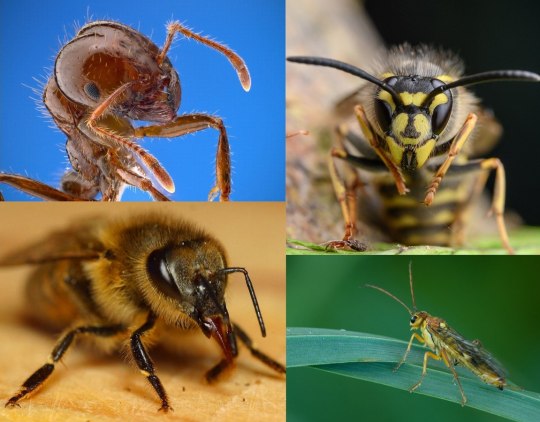

Hymenoptera. This order is made up of wasps, ants, and bees. Their mouthparts are adapted for chewing, or in many species have become a proboscis for sucking nectar.
Dermaptera. This order is made up of earwigs, flat nocturnal insects, which are mostly scavengers.
#animals#biology#polls#poll tournament#zoology#wasps#ants#bees#arthropods#insects#ecdytes#earwigs#Hymenoptera#Dermaptera#0x5dv0xa2#animal tournament#Animal Tournament Round 1
37 notes
·
View notes
Text
Woman caught hiding under my takeout container safely trapped in baja blast bottle
56 notes
·
View notes
Text
ROUND 2 OF THE TUMBLR INSECT POLL

REMEMBER youre voting for your favorite OVERALL GROUP OF INSECTS not the individual species pictured above
#bugblr#entomology#entymology#insect#phasmatodea#stickbug#giant prickly stick insect#earwigs#dermaptera
114 notes
·
View notes
Text
Uncharismatic Fact of the Day
Contrary to popular belief, earwigs don’t crawl into peoples’ ears to pinch them. Rather, those big pincers-- or cerci-- are used by females to protect their young from predators! Both sexes also use these appendages to fold down their wings after a flight.
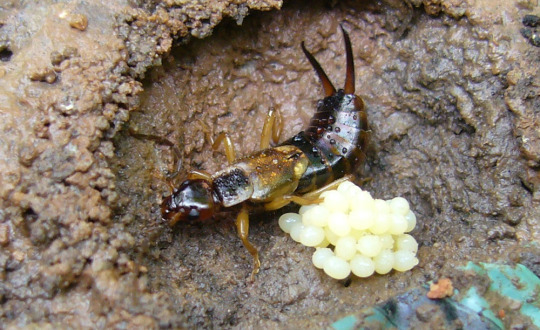
(Image: A great common earwig (Forficula auricularia) mom protecting her eggs by Tom Oates)
If you like what I do, consider leaving a tip or buying me a kofi!
138 notes
·
View notes
Text

If you still have any qualms against earwigs… just know they have very cute little faces!
#forficula#dermaptera#earwig#insects#bugblr#bugs#completely forgot about this photo#I was in an old historical garden and found all sorts of things
45 notes
·
View notes
Note
Can you tell me about earwigs? I saw sa pair on a leaf for about four months that moved around enough for me to know they were alive but they never seemed to have young, eat, or leave that one leaf. Also, I have always assumed the “ear” part of the name was due to some myth, but my sister actually knew a guy in school who had to go to the hospital because one actually got in his ear. Why are they called that, and not something more accurate to the way they look, like… “spinoroids” or something
Earwigs (order Dermaptera)
Well, obviously there are old tales about these insects climbing into peoples ears. They don’t do it regularly, it’s not even that common, and other insects, like small cockroaches, have been found climbing into peoples ears more commonly. I agree with you, they should probably have some different name, but I think at this point in entomological history, it’s unlikely we’re going to rename them.
There are many different species of earwigs, and they live all kinds of different lifestyles. Some of them are predatory, some are scavengers, and many of them are omnivorous.
They appear as if they don’t have wings, but they do have very thin light wings folded up underneath wing covers. The forceps on the back are used for a variety of purposes. On some species they’re used to seize and hold prey, and on most species they are used during mating.
The mothers guard the eggs, after laying, and even take care of the nymphs for a while after hatching. This is a group of insects that undergoes incomplete metamorphosis.


Common Earwig (Forficula auricularia), family Forficulidae, order Dermaptera, Germany
Photographs by Hans Pohl
198 notes
·
View notes
Text

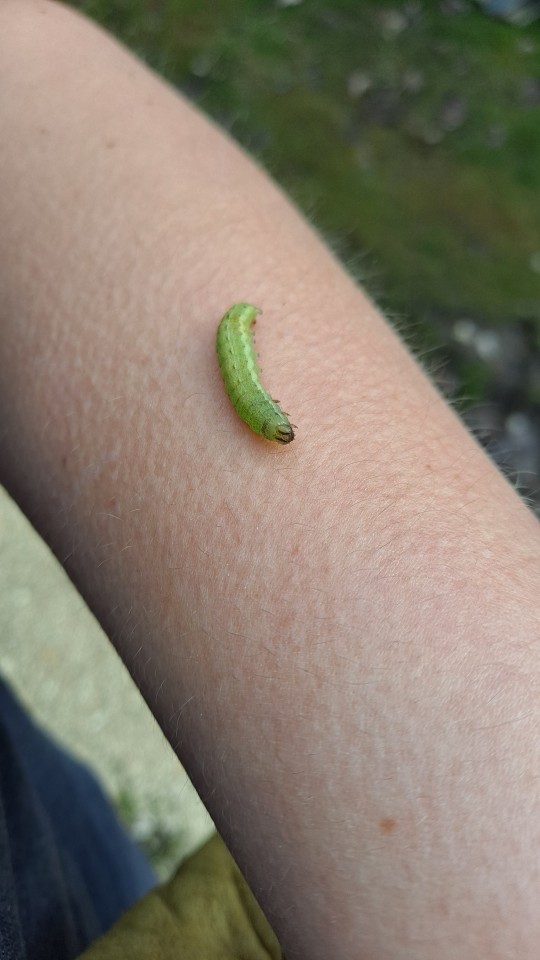
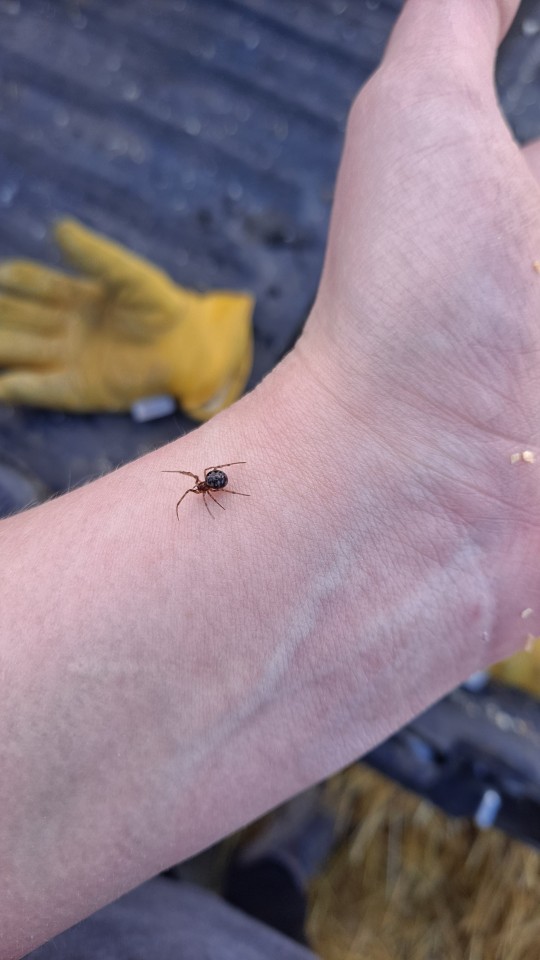
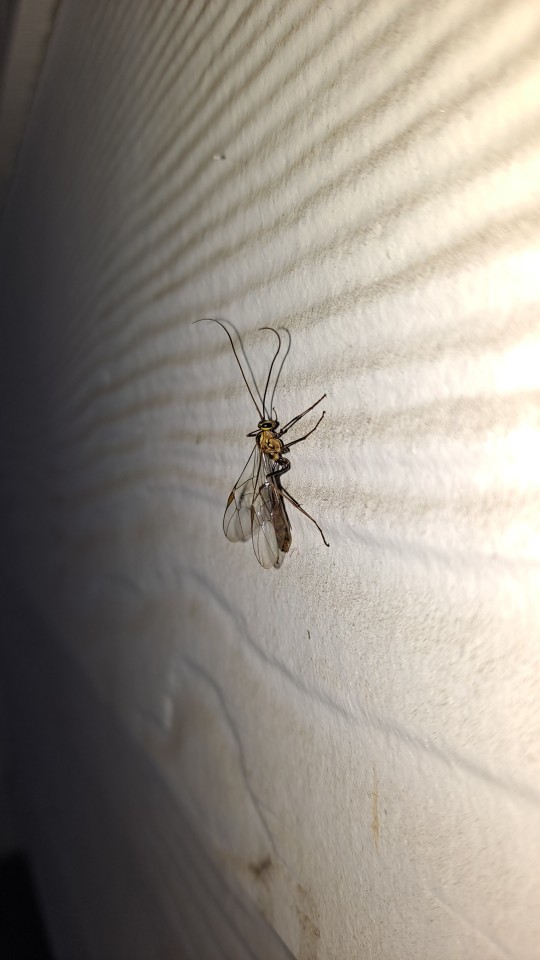
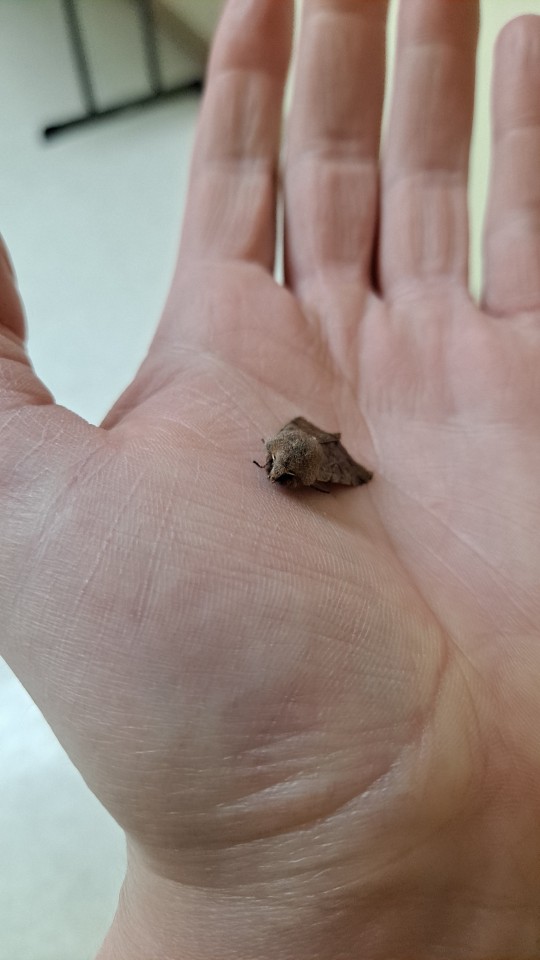


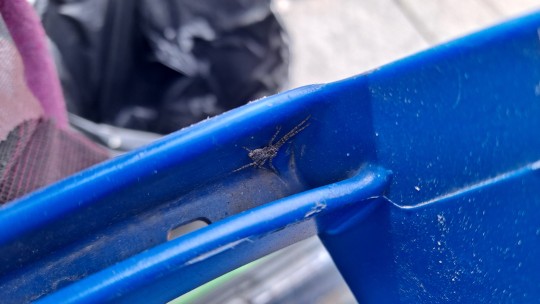


PHOTO DUMP 2
#earwig#dermaptera#caterpillar#larva#spider#arachnid#ichneumon#wasp#hymenoptera#moth#lepidoptera#fly#diptera#grub#carpet beetle#dermestid beetle#dermestidae#coleoptera#insect#bug#friend shaped#personal
5 notes
·
View notes
Text



I discovered this adorable mother earwig with her clutch of eggs under a rock recently. Unlike most nonsocial insects, earwigs are excellent mothers. The female guards the eggs, cleans them, and keeps them warm. She doesn't even leave to eat.
After about a week, the eggs hatch, and the female continues to protect, feed, and take care of her nymphs until their second molt (adulthood is 5-6 molts depending on the species).
I felt bad for disturbing this lovely lady, so I very carefully put the rock back after taking a few pictures.
(Other than the nesting behavior, you can tell this is a female because of the straight forceps. Males generally have curved ones. Also fun fact: earwigs can't really hurt you with their butt pinchers, and they don't want to be anywhere near your ear.)
Forficula dentata, Northern California
#earwig#Forficula dentata#Dermaptera#cute#mother#expectant mother#eggs#insect#bug#nature#bugs#nature photography#biodiversity#animals#inaturalist#arthropods#bugblr#entomology#insect appreciation#invertebrates#butt pincher#northern california#macro photography#macro#mother of the year#critter#seriously though I think these pictures are adorable
6 notes
·
View notes
Text
#2047 - Dacnodes shortridgei

Photo by Patrick Wake.
A Pygidicranid endemic to SW Australia. I have very little information on them, although their sex determination chromosomes are the XO pattern, where males have but a single copy of the chromosome in question. This seems to be unusual, for earwigs - most species are the basic XY. On the other hand, XXY, XXXY, XXXXY and XYY are also known.
2 notes
·
View notes
Photo
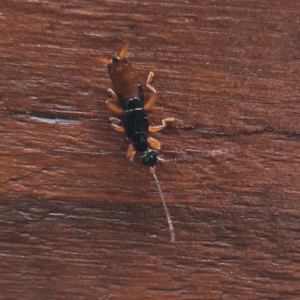
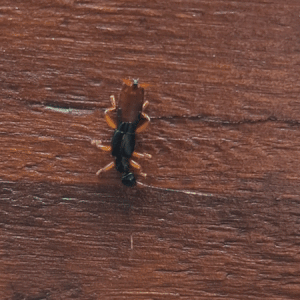
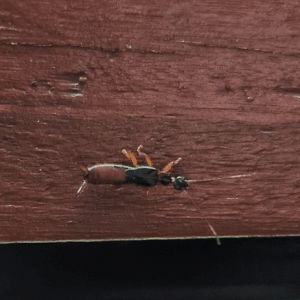

Small Earwig found roaming around.
Currently unidentified.
25/05/22
55 notes
·
View notes